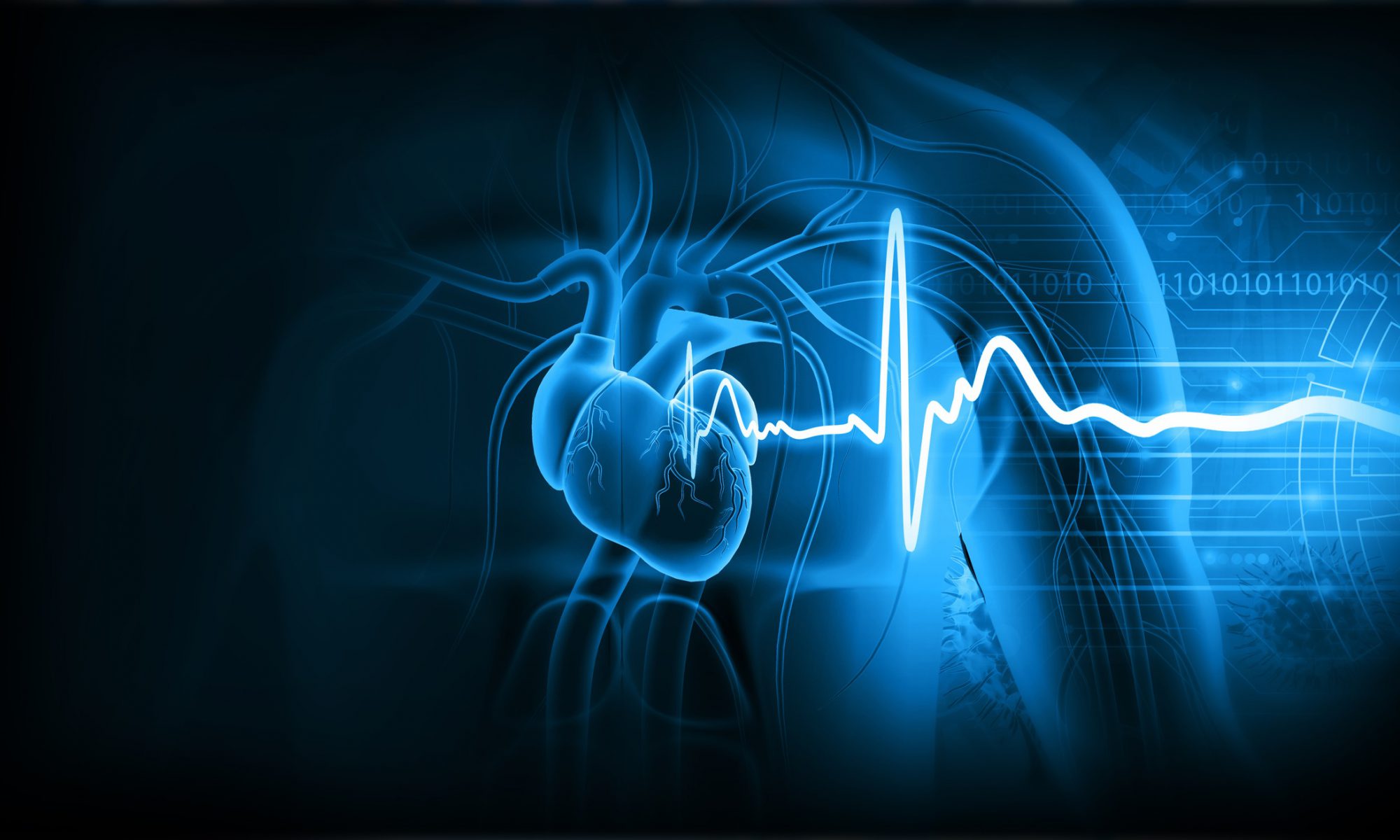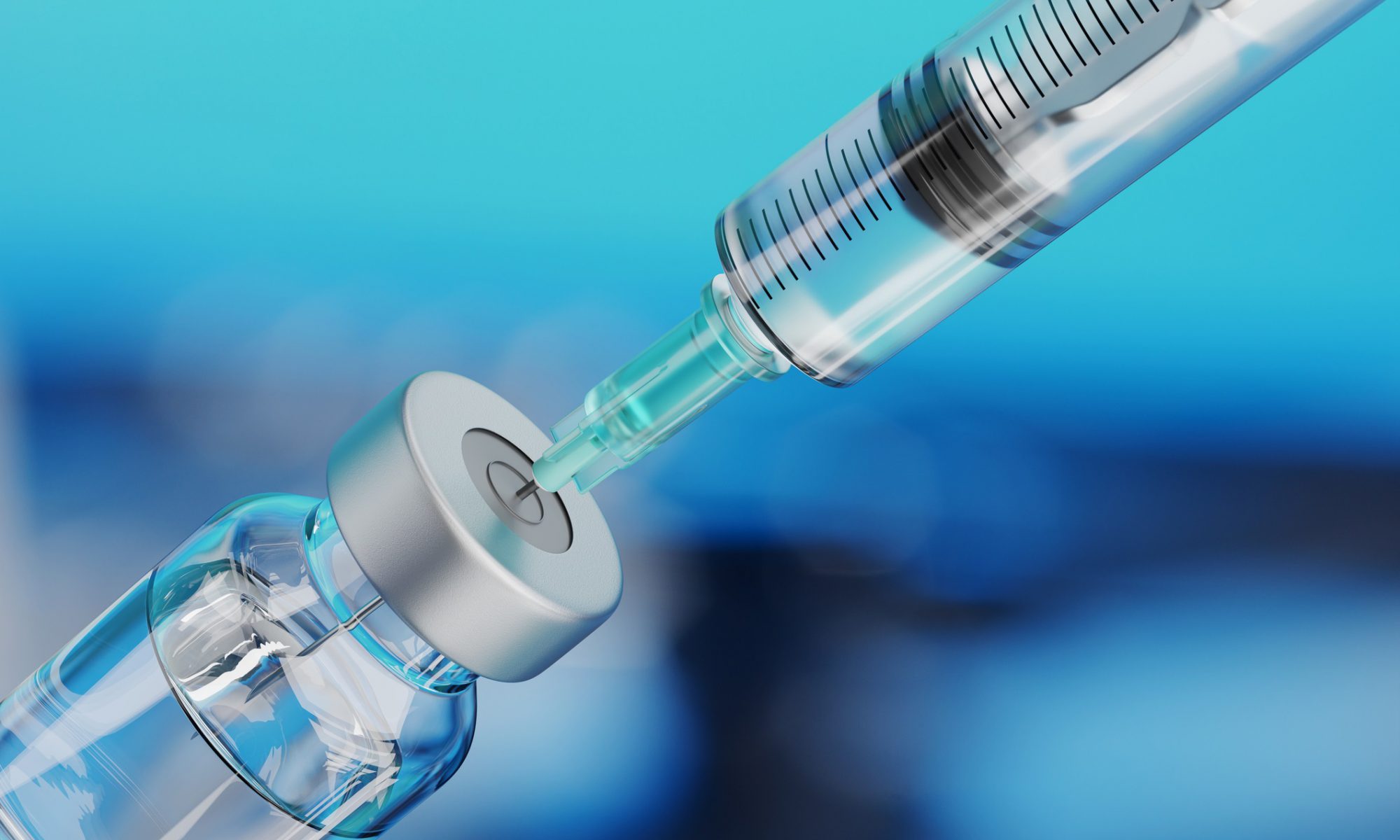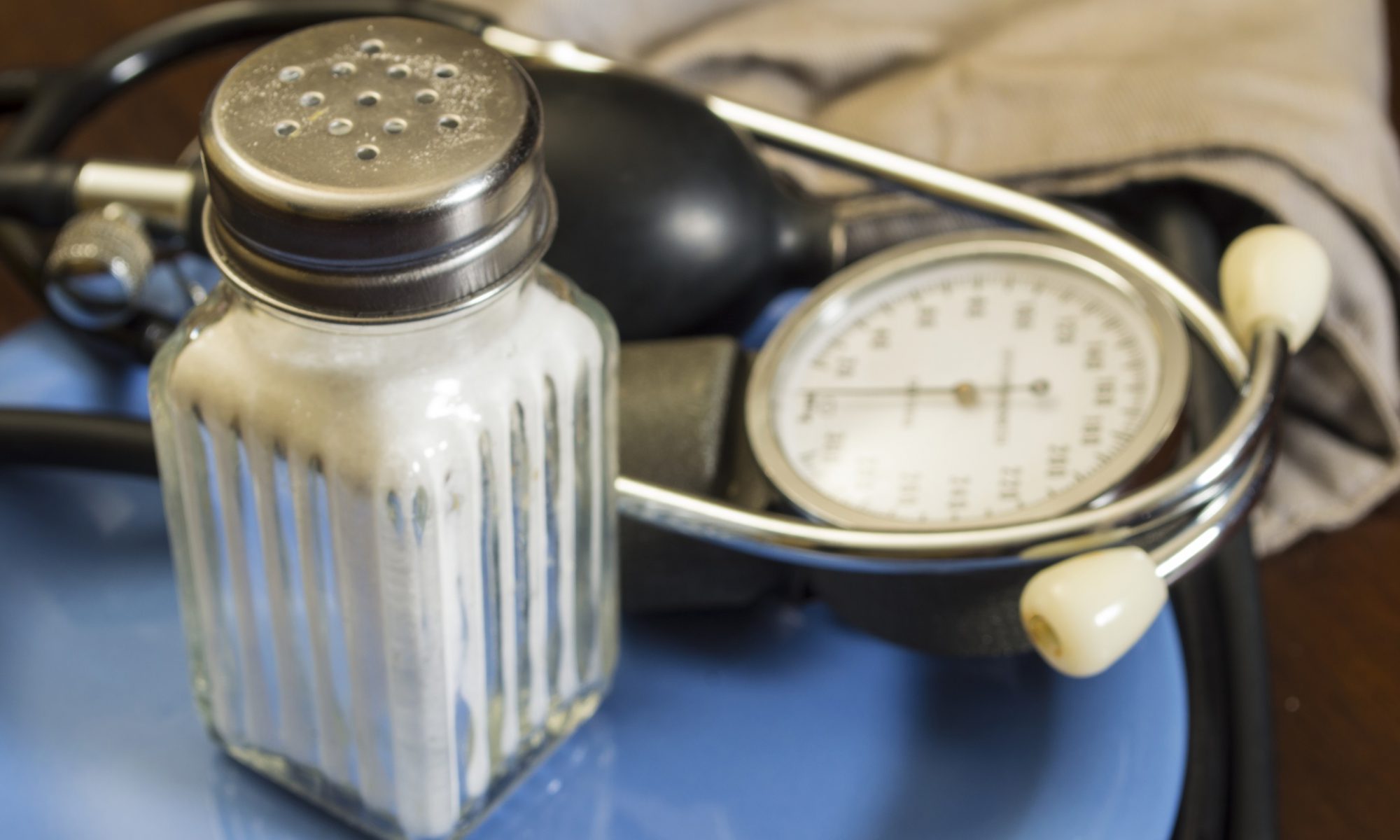Using noninvasive 18F-sodium fluoride PET and coronary CTA to detect “hot” disease in arteries, researchers were able to predict which patients with recent MI would have recurrent coronary events.
PET “is often used in cancer; it uses positrons to produce a signal so you can see externally the biology of what’s going on in the body without inserting catheters,” David E. Newby, MD, British Heart Foundation Professor of Cardiology at the University of Edinburgh, U.K., said during a press conference at the European Society of Cardiology Congress.
Read the full story in Healio.




